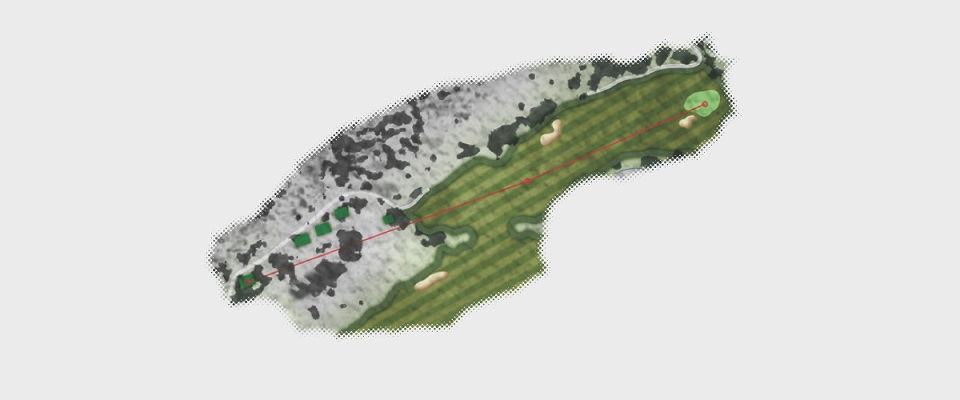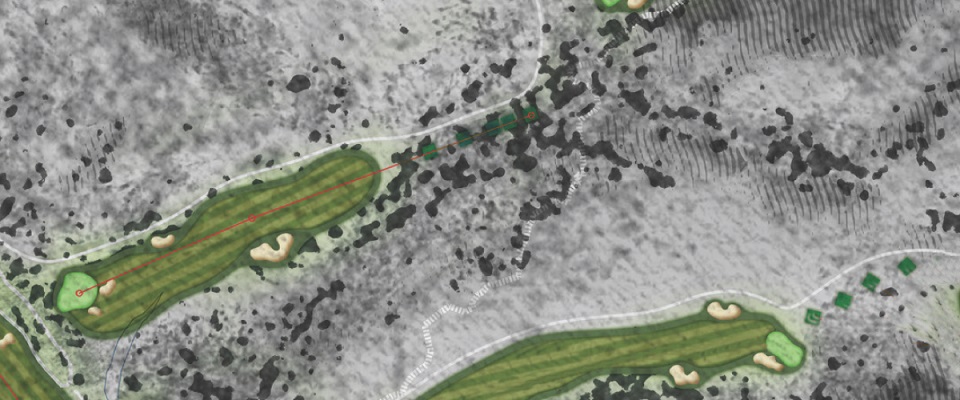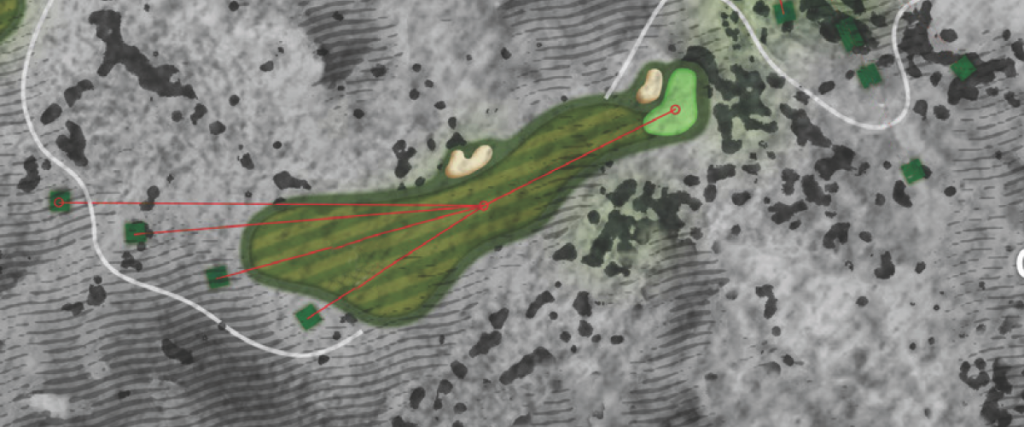


How to Avoid Heartbreaking ‘Disaster Starts’ to your Round
You’ve been thinking about a long-awaited round of golf at TPC Danzante Bay for weeks, maybe months. After all, this Rees Jones-designed layout, ranked among the finest resort courses in Mexico, is an eye-popping, spine-tingling experience that circulates players from cactus-studded foothills and steep-walled canyons to gently rolling sand dunes near the bay. Maybe you slept like a baby the night before. Maybe not. In truth, you’re brimming with excitement and can’t wait to test your skills on this world-class course.
And then, on the first hole, from outta nowhere, you make a mess of it. Even after taking a ‘breakfast ball,’ a.k.a. a mulligan, you’re shaky, unsure of what happens next. Whatever hopes you were harboring for a good score (or at least a decent showing) are effectively over before your round has really gotten underway.
A Common Sense Approach to Getting Off to a Good Start
Getting off to a bad start is very deflating. Almost deflating enough to consider selling your clubs and taking up pickleball. But there are strategies that can set you up for success—and help you avoid a ruinous start to the round. Based on a recent feature in Golf Digest, here are 8 tips to consider.
1. Go to the putting green first
Instead of going to the driving range first and then to the putting green, reverse the order. Practice putting and chipping when you arrive, then head to the range. Reserve five minutes (at most) to hit several putts before teeing off. Stretching and hitting balls at the range after practice putting will ensure your golf muscles are warmed up and ready to perform at their best on the first tee.
2. Practice the first tee shot on the range
On your final few swings on the driving range, visualize the first tee shot and go through your full routine as if you were about to play it. Envision the fairway, and the spots to avoid. Swing the club you plan on hitting, either your driver, 3-wood, hybrid or long iron.
3. Make a swing that feels ‘extra long’ on the first tee
Even if you’re sufficiently warmed up, there’s ample evidence which shows that first tee jitters have the effect of shortening your golf swing. So on the first tee, focus on rhythm and tempo–and feel like you’re making a fuller-than-normal backswing turn.
4. Take extra club
After (hopefully) finding the first fairway with your drive, take an extra club on your approach shot. For anyone but an expert, it’s a tad unrealistic to expect you’re going to flush your first iron shot of the day. At TPC Danzante Bay, the opening hole is a relatively short par 4. It measures a modest 276 yards from the white tee. It’s the No. 17 handicap hole on the course, which technically means it’s the club’s second least-difficult hole. Jones designed TPC Danzante Bay’s opening hole to be a welcoming par 4. His idea was to ease players into the round and get them off to a good start. The landing area is generously wide, and while the green is flanked by bunkers, the hole is unthreatening. Clubbing-up will ensure you reach the putting surface with your approach.


Mental Tricks and On-Course Tactics
5. Play a trick on yourself
If you’re nervous on the first tee, try pretending that you’ve already played nine holes, and now you’re making the turn. Imagine you just shot an average score on the front nine—whatever that is for you—and now you’re trying to hit a normal tee shot on the 10th hole. It may seem a bit strange, but sometimes playing mental tricks on yourself can put you at ease.
6. Aim for acceptable — not perfection
Aiming away from trouble off the tee or towards the center of the green at the first couple of holes isn’t going to set you back. There will be times during the round when you’ll be in a position to be more aggressive. No heroics are required on the first hole. Caution should be exercised at TPC Danzante Bay’s second hole, a sturdy uphill par 5 that skirts the edge of an arroyo. Play conservatively. Take only what the course will give you in the early going.
7. Don’t get fancy or cute around the greens
Again, it’s early in the round. Don’t attempt low-percentage shots. When in doubt, putt from off the green, or opt for a low bump-and-run shot. You don’t need to be at your sharpest to roll something onto the green that stops reasonably close to the pin. Unless you carry a low single-digit handicap, skip the flop shot, which requires total confidence and perfect timing.
8. Manage your expectations
Golf isn’t football, but think about playing defense on the opening holes of the round. Your goal is to get the ball heading in the right direction, safely and without a glitch. Don’t expect too much. The simpler—and more boring—the better. The idea is to play smart, conservative golf—and avoid major calamities that can derail any chance you have for a good round.







































